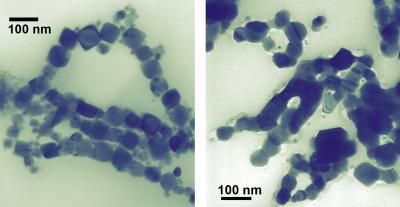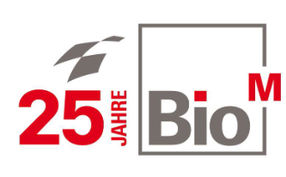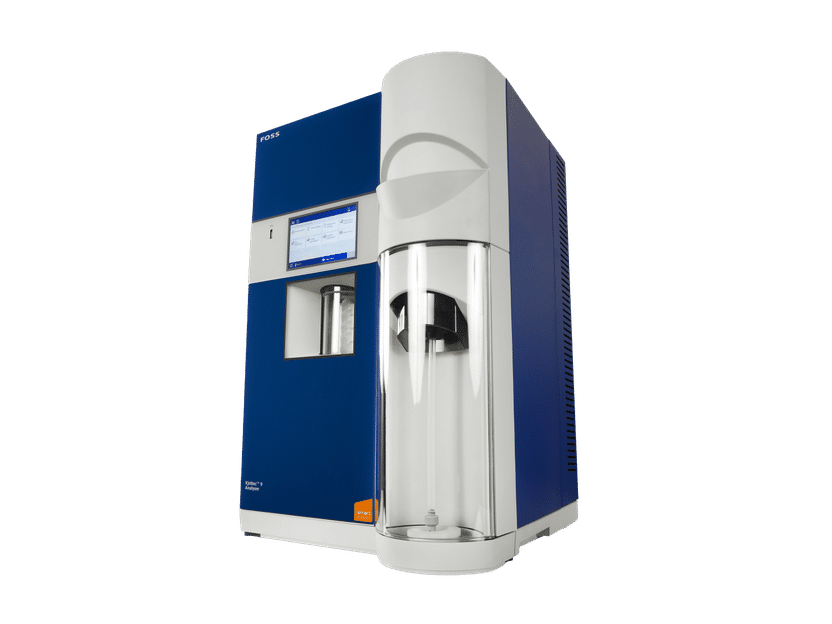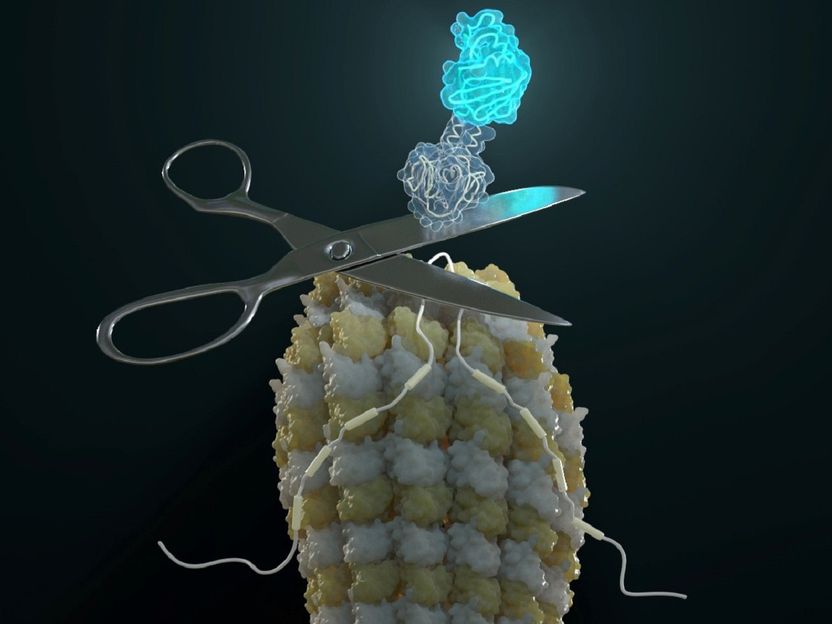ECHA Member State Comitee agrees on the identification of 14 substances of very high concern
At a meeting in Helsinki the ECHA Member State Committee unanimously agreed on the identification of 14 Substances of Very High Concern (SVHC) that may become subject to authorisation. One additional substance was already identified as SVHC without Member State Committee involvement as no comments were provided during the public consultation.
These 15 substances will be included in the ‘Candidate List’ which will be published on the ECHA website later in October. Executive Director of ECHA Geert Dancet stressed that “these 15 are only the first substances of very high concern identified through the formal process. The EU Member States and ECHA are preparing new proposals and the Candidate List will thus be updated”.
The agreement concerned the following substances:
- Anthracene (Persistent, bioaccumulative and toxic)
- 4,4'- Diaminodiphenylmethane (Carcinogen, cat. 2)
- Dibutyl phthalate (Toxic for reproduction, cat. 2)
- Cobalt dichloride (Carcinogen, cat. 2)
- Diarsenic pentaoxide (Carcinogen, cat.1)
- Diarsenic trioxide (Carcinogen, cat.1)
- Sodium dichromate (Carcinogen, cat. 2; Mutagen, cat. 2; Toxic for reproduction, cat. 2)
- 5-tert-butyl-2,4,6-trinitro-m-xylene (musk xylene) (Very persistent and very bioaccumulative)
- Bis (2-ethyl(hexyl)phthalate) (DEHP) (Toxic for reproduction, cat.2)
- Hexabromocyclododecane (HBCDD) and all major diastereoisomers identified (alpha–HBCDD, beta-HBCDD, gamma-HBCDD) (Persistent, bioaccumulative and toxic)
- Alkanes, C10-13, chloro (Short Chain Chlorinated Paraffins) (Persistent, bioaccumulative and toxic; Very persistent and very bioaccumulative)
- Bis(tributyltin)oxide (Persistent, bioaccumulative and toxic)
- Lead hydrogen arsenate (Carcinogen, cat. 1; Toxic for reproduction cat. 1)
- Benzyl butyl phthalate (Toxic for reproduction, cat.2)
Identification without MSC involvement:
- Triethyl arsenate (Carcinogen, cat. 1)
Proposals for 16 substances to be included in the ‘Candidate’ list were submitted in the form of Annex XV dossiers by seven Member States in June 2008. The proposals were published for public consultation (July-August 2008). The Member State Committee (MSC) debated on 15 substances and found unanimous agreement on the identification of 14 substances as SVHCs that may become subject to authorisation, taking into account the comments received from various stakeholders and Member States. On one proposal, Cyclododecane, the MSC unanimously agreed that there was no sufficient scientific data to justify identification under Art. 57.
The 16th substance, triethyl arsenate, was already identified as a SVHC without MSC involvement, as no comments had been received during the consultation process. Later in October ECHA will, following a formal decision, include the 15 substances identified as SVHCs in the Candidate List and publish the list on its website.
Other news from the department politics & laws

Get the analytics and lab tech industry in your inbox
By submitting this form you agree that LUMITOS AG will send you the newsletter(s) selected above by email. Your data will not be passed on to third parties. Your data will be stored and processed in accordance with our data protection regulations. LUMITOS may contact you by email for the purpose of advertising or market and opinion surveys. You can revoke your consent at any time without giving reasons to LUMITOS AG, Ernst-Augustin-Str. 2, 12489 Berlin, Germany or by e-mail at revoke@lumitos.com with effect for the future. In addition, each email contains a link to unsubscribe from the corresponding newsletter.
















































